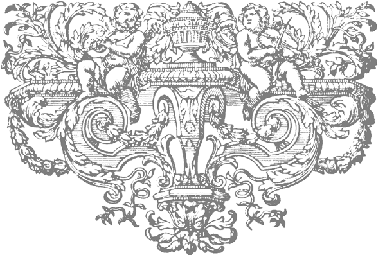![]()
A Franco-Flemish double-manual harpsichord,
![]()
A view from the spine side of the instrument
This photograph gives a wonderful idea of the splendour of this harpsichord. The outside of the case and lid are decorated on a ground of thick gold leaf with oil paintings on top of the gold, a process known in the eighteenth century as ‘vernis martin’. The painting of the figures on the top of the lid have been attributed to François Boucher, Paris, 1750. The ornamental decorations around these figures, and the spine ornaments are attributed to Christophe Huet, Paris, 1750.
The stand is very fine and beautifully carved and gilded. Like the case of the instrument it has been widened on the cheek side to accommodate the compass extension of 1786 so that the curve of the actual instrument's bentside no longer matches the curve of the stand. This strongly suggests that the stand, in a high roccoco French style, is contemporary with the outer-case decorations and paintings of 1750. The height of the stand is greater than normal and raises the instrument into a slightly higher playing position than normal.
